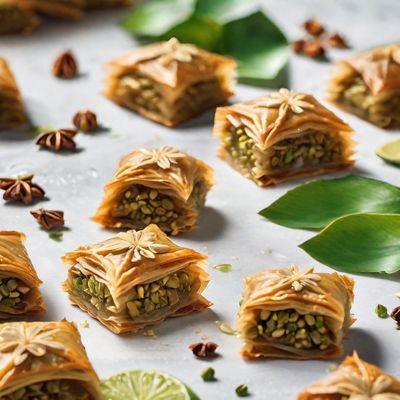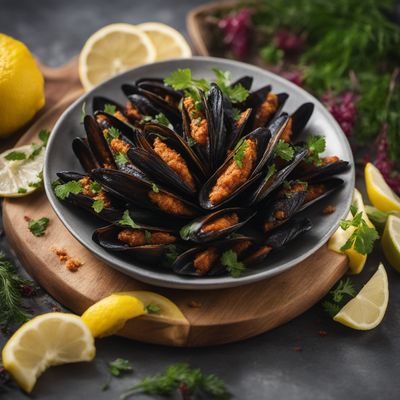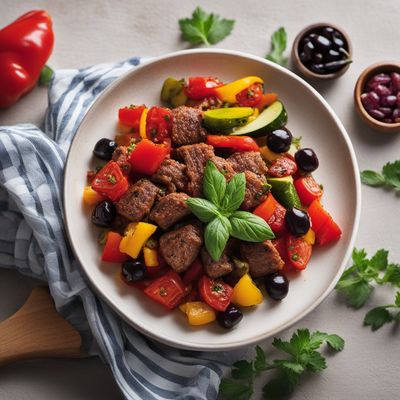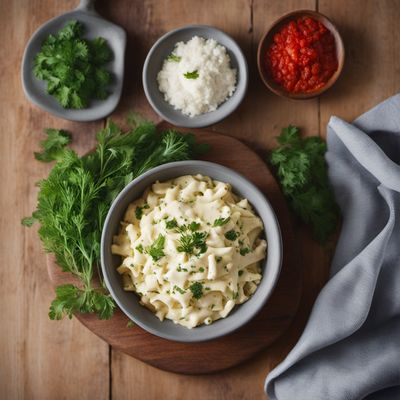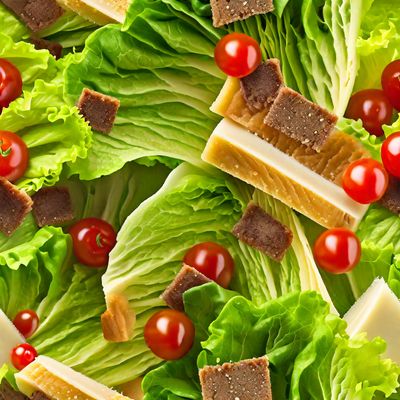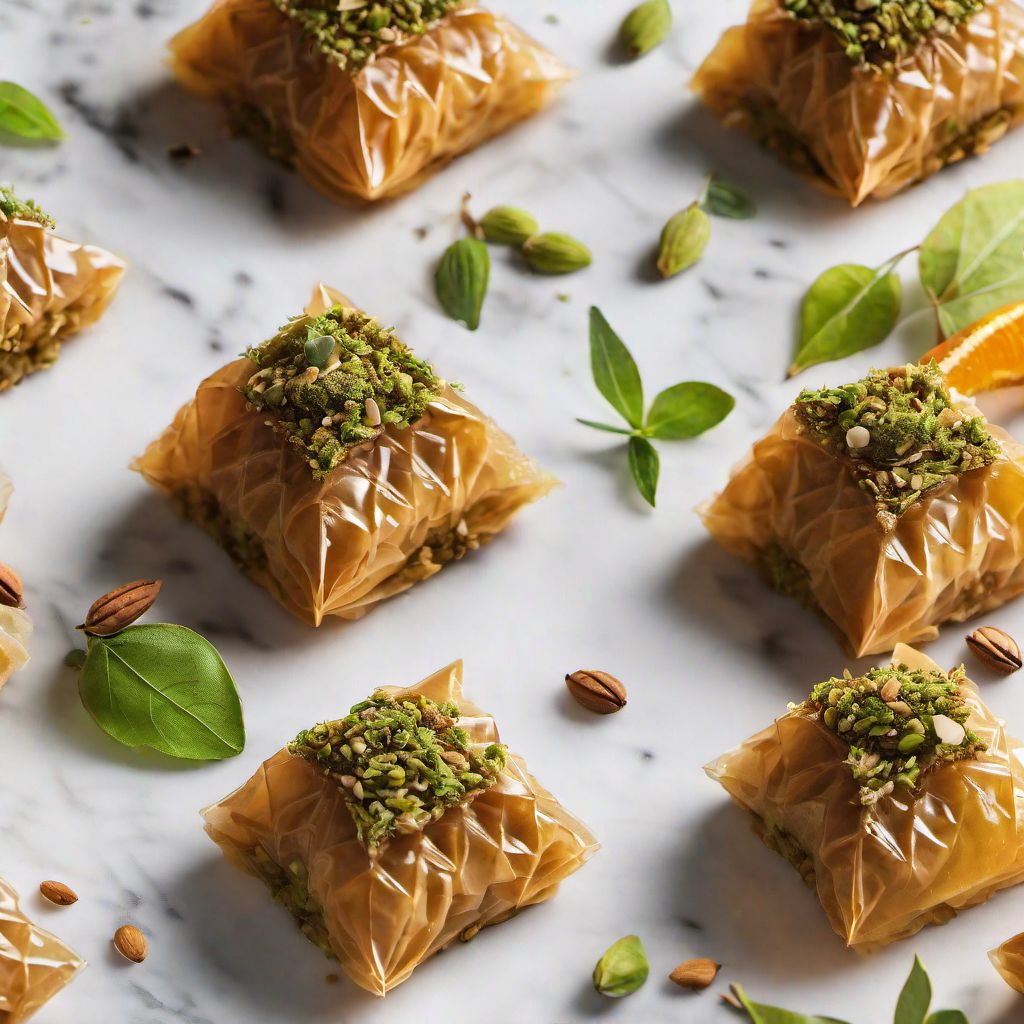
Recipe
Molecular Gastronomy Baklava
Baklava Reimagined: A Molecular Gastronomy Twist
4.8 out of 5
In the realm of molecular gastronomy, we bring you a modern interpretation of the classic Turkish dessert, Baklava. This avant-garde version combines traditional flavors with innovative techniques, resulting in a visually stunning and delectable treat. Prepare to embark on a culinary adventure that will tantalize your taste buds and challenge your perception of this beloved dessert.
Metadata
Preparation time
45 minutes
Cooking time
20-25 minutes
Total time
65-70 minutes
Yields
4 servings
Preparation difficulty
Medium
Suitable for
Vegetarian, Vegan (if butter is substituted with plant-based butter), Gluten-free (if gluten-free phyllo dough is used), Dairy-free (if butter is substituted with plant-based butter)
Allergens
Nuts, Gluten (if using regular phyllo dough), Dairy (if using butter)
Not suitable for
Nut-free, Soy-free
Ingredients
While the essence of Baklava remains intact, this molecular gastronomy adaptation introduces a playful twist to the traditional recipe. The focus is on transforming the presentation and texture of the dish, utilizing scientific principles to create a unique and memorable experience. We alse have the original recipe for Baklava, so you can check it out.
-
200g (7 oz) phyllo dough 200g (7 oz) phyllo dough
-
100g (3.5 oz) pistachios, finely chopped 100g (3.5 oz) pistachios, finely chopped
-
100g (3.5 oz) walnuts, finely chopped 100g (3.5 oz) walnuts, finely chopped
-
100g (3.5 oz) almonds, finely chopped 100g (3.5 oz) almonds, finely chopped
-
100g (3.5 oz) sugar 100g (3.5 oz) sugar
-
100g (3.5 oz) unsalted butter, melted 100g (3.5 oz) unsalted butter, melted
-
1 tsp ground cinnamon 1 tsp ground cinnamon
-
1 tsp lemon zest 1 tsp lemon zest
-
1 tsp orange zest 1 tsp orange zest
-
100g (3.5 oz) honey 100g (3.5 oz) honey
-
100g (3.5 oz) water 100g (3.5 oz) water
-
2g (0.07 oz) agar-agar powder 2g (0.07 oz) agar-agar powder
-
2g (0.07 oz) calcium lactate gluconate 2g (0.07 oz) calcium lactate gluconate
-
500ml (2 cups) vegetable oil, for frying 500ml (2 cups) vegetable oil, for frying
Nutrition
- Calories (kcal / KJ): 350 kcal / 1465 KJ
- Fat: 20g (Saturated Fat: 5g)
- Carbohydrates: 40g (Sugars: 20g)
- Protein: 5g
- Fiber: 3g
- Salt: 0.1g
Preparation
-
1.Preheat the oven to 180°C (350°F).
-
2.In a bowl, combine the chopped pistachios, walnuts, almonds, sugar, cinnamon, lemon zest, and orange zest. Mix well.
-
3.Brush a sheet of phyllo dough with melted butter and sprinkle a generous amount of the nut mixture on top.
-
4.Repeat step 3 with another sheet of phyllo dough, layering it on top of the previous one.
-
5.Continue layering the phyllo dough and nut mixture until all the ingredients are used.
-
6.Cut the layered phyllo dough into desired shapes, such as squares or triangles.
-
7.Place the cut pieces on a baking sheet and bake for 20-25 minutes, or until golden brown.
-
8.While the baklava is baking, prepare the honey syrup by combining honey and water in a saucepan. Bring to a boil, then remove from heat and set aside.
-
9.In a separate saucepan, dissolve the agar-agar powder in 100ml (0.4 cup) of water. Bring to a boil and simmer for 2 minutes.
-
10.Remove the agar-agar mixture from heat and whisk in the calcium lactate gluconate until fully dissolved.
-
11.Using a syringe or dropper, carefully drop small droplets of the agar-agar mixture into a bowl of cold vegetable oil. The droplets will form caviar-like spheres as they cool.
-
12.Once the baklava is baked, remove it from the oven and pour the honey syrup over the hot pastry.
-
13.Serve the baklava with a spoonful of the agar-agar caviar on top, adding a modern and molecular touch to the dish.
Treat your ingredients with care...
- Phyllo dough — Handle with care to prevent tearing. Keep it covered with a damp cloth to prevent drying out.
- Agar-agar powder — Ensure it is fully dissolved in the water to achieve the desired texture for the caviar spheres.
Tips & Tricks
- For a more intense flavor, toast the nuts before chopping them.
- Experiment with different shapes and sizes for the baklava to create a visually appealing presentation.
- If the agar-agar caviar spheres are too firm, reduce the amount of calcium lactate gluconate.
- Add a touch of edible gold leaf or silver dust to enhance the visual appeal of the dish.
- Serve the baklava with a scoop of homemade ice cream or a dollop of whipped cream for a delightful contrast.
Serving advice
Serve the Molecular Gastronomy Baklava as a sophisticated dessert at a dinner party or special occasion. Plate each piece with precision, ensuring the agar-agar caviar spheres are evenly distributed. Accompany it with a drizzle of honey or a dusting of powdered sugar for an elegant finishing touch.
Presentation advice
Arrange the baklava pieces on a sleek, white plate, allowing the vibrant colors of the nuts and the translucent agar-agar caviar to stand out. Garnish with a sprig of fresh mint or a sprinkle of crushed pistachios for added visual appeal.
More recipes...
More Turkish cuisine dishes » Browse all
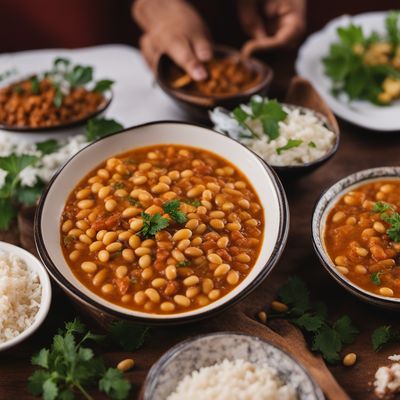
Kuru fasulye
Kuru fasulye is a traditional Turkish dish made with white beans and served with rice. It is a hearty and filling meal that is perfect for cold...

Tuzda tavuk
Salted Chicken
Tuzda tavuk is a Turkish dish that is made with chicken and a flavorful blend of spices. This dish is perfect for grilling or baking and is great...

Gaziantep baklavası
Gaziantep baklavasi
Gaziantep baklavası is a traditional Turkish pastry that is made from layers of phyllo dough and filled with pistachios.
